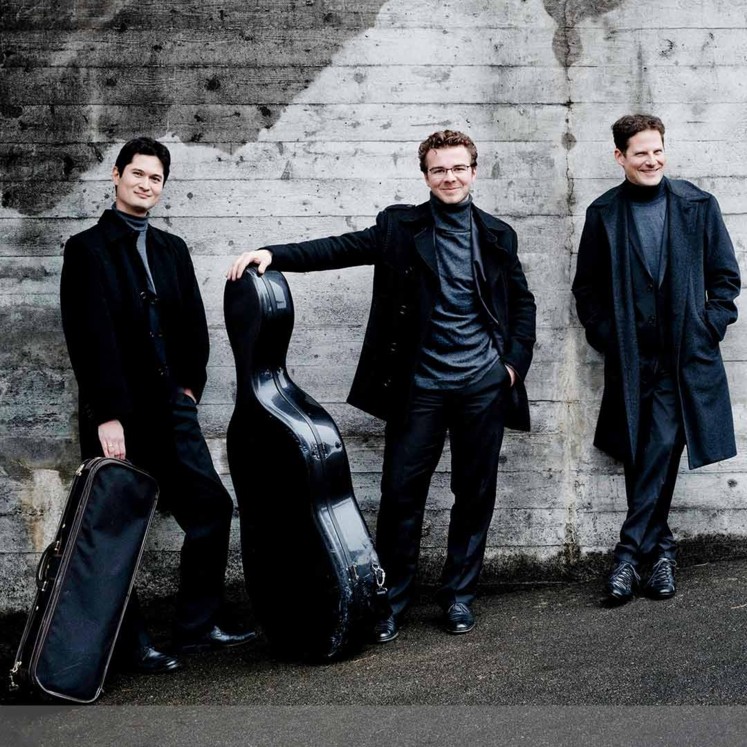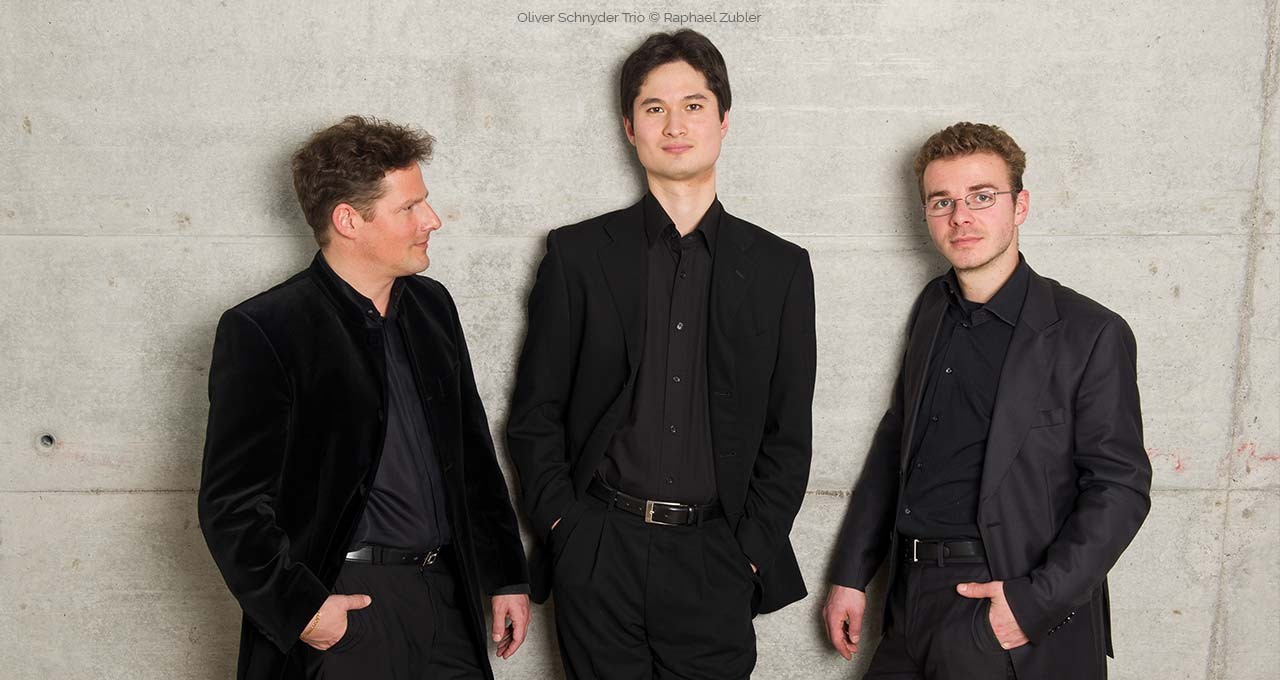
In contrast to the New German School, to whom the traditional chamber music forms were considered to be almost without exception „the preserve of conservatives“ who „clung to the traditional because the new confused them“, Johannes Brahms turned to exactly these forms, in which he believed he was best able to realise his aesthetic ideals. His declared aim was the consistent creation of „music to last“. The 20-year-old first turned to this genre of chamber music with his Piano Trio No. 1 of 1853, of which the youthfully exuberant original version will be performed in this concert.
Camille Saint-Saëns, who had the good luck to be able to sit on the fence during this music controversy, eventually decided for both sides: on the one hand he had, like Brahms, a deep affinity with chamber music – coincidentally exactly the same time span lay between the composition of the two Piano Trios of each composer; on the other hand he much admired the programme music of Franz Liszt. 24 years younger than Liszt, he was actively encouraged by the older man, and they were close friends all their lives. This was reflected not least in many dedications and transcriptions, such as the symphonic poem Orpheus in the arrangement for piano trio.
Camille Saint-Saëns (1835–1921)
Piano Trio No. 1 in F Major, Op. 18 (1863–64)
Franz Liszt (1811–1886)/Camille Saint-Saëns
Orpheus. Transcription of the Symphonic PoemNo. 4 (S. 98) for Piano Trio (1885)
– Interval –
Johannes Brahms (1833–1897)
Piano Trio No. 1 in B Major, Op. 8 (First Version: 1853–54)
Oliver Schnyder Trio
Andreas Janke | Violin
Benjamin Nyffenegger | Violoncello
Oliver Schnyder | Piano
